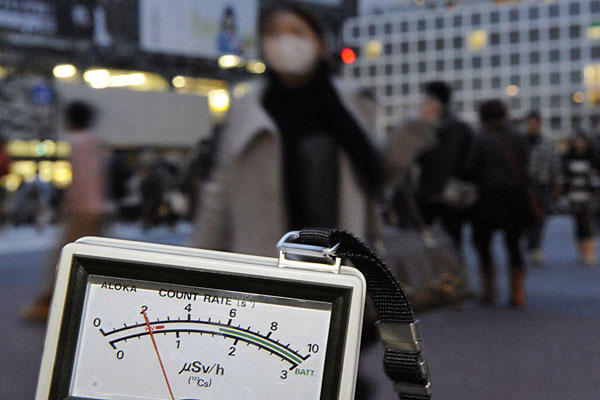- 2 more earthquakes struck throughout Japan on Tuesday source
- » Obviously, they’re softer than the big one. That said, two more earthquakes (there have reportedly been dozens of lesser quakes and aftershocks since the 9.0 cataclysm last week) shook Japan Tuesday, clocking in at 6.1 and 6.2 on the Richter scale. The latter quake struck an area roughly seventy miles south of Tokyo, while the former hit about sixty miles from the Hamaoka Nuclear Plant, which as you might expect made people a little nervous. Hamaoka has, thankfully, been functioning properly and without incident since the quake, but with the myriad of tragedies and fears the Japanese people presently have, we somehow doubt any rumble has the capacity to feel minor anymore. Here’s hoping the ground will stay still for a while.
